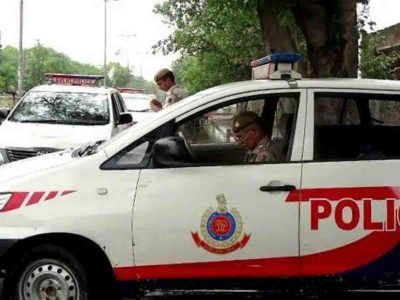Arwind Kejriwal conducted a review meeting on Wednesday to revive Delhi’s route rationalisation project that began in 2018 and 2019 but the necessary action was delayed due to the assembly elections and pandemic.
At present, 7,200 buses operate on 625 routes in Delhi. The issue is that most of these routes overlap, leading to certain routes being overfed while others being neglected.
According to a Hindustan Times report, once this route rationalisation plan is implemented, buses will run every 5-10 minutes on 274 of the 625 regular bus routes. Moreover, buses will continue to run on the remaining 351 routes in the same manner as they do presently, as per the plan.
According to Kejriwal, the route rationalisation project will extend bus services to every corner of Delhi and ensure the timeliness of all buses. “Under the new road map, buses will be available all over Delhi within a waiting time of 5-10 minutes. Bus service will be provided even in remote areas of Delhi where there is no service at present. Feeder buses will be provided for last mile connectivity from Metro stations and connectivity from Delhi to NCR will be further improved. After the implementation of these suggestions, every passenger in Delhi will be able to access a bus within 15 minutes within a radius of 500m”, Kejriwal stated after the meeting.
Currently, the bus service coverage in Delhi is about 49% — going by the accessibility standard of 15 minutes (waiting time) and 500 metres (of any given point in Delhi). Buses will be accessible even in the most remote area and that too frequently when the government raises this to 90–95 percent.
Sharing details about the project, Kejriwal tweeted:
How to use existing fleet of buses in Delhi most efficiently? How many more buses do we need? How to integrate all modes of tpt? Today, I had a discussion wid senior officials of transport dept on “Route rationalisation” proposal. We will soon seek public feedback on the same. pic.twitter.com/CAbwiFLzpr
— Arvind Kejriwal (@ArvindKejriwal) August 3, 2022
The government also envisions to create a hierarchy for modes of transport: super trunk routes, primary routes and secondary routes. The super trunk routes will be “direction oriented” mass transit corridors, similar to the Delhi Metro. They aim to connect central business districts (CBD) such as Connaught Place, Nehru Place and Chandni Chowk, office complexes such as ITO, Central Secretariat and transport nodes such as Kashmere Gate ISBT and New Delhi Railway Station with remaining parts of the city.
Buses on primary routes will not be direction oriented but will be accessible at a frequency of about 10 minutes.
And secondary routes will act like feeder routes, and the frequency on these routes will be 15-20 minutes, transport officials stated.
The number of standard buses will increase from 7,200 to 8,494 in the near future with the government acquiring more buses to accommodate its fleet, officials said. They added that nearly 2,000 mini buses and midi buses will also be functional on 120 routes to provide last-mile connectivity. This will be apart from the 480 buses that will operate on 44 routes as part of the Metro feeder bus service.
For more stories that cover the ongoings of Delhi NCR, follow us on:
Instagram: instagram.com/thepatriot_in/
Twitter: twitter.com/Patriot_Delhi
Facebook: facebook.com/Thepatriotnewsindia





